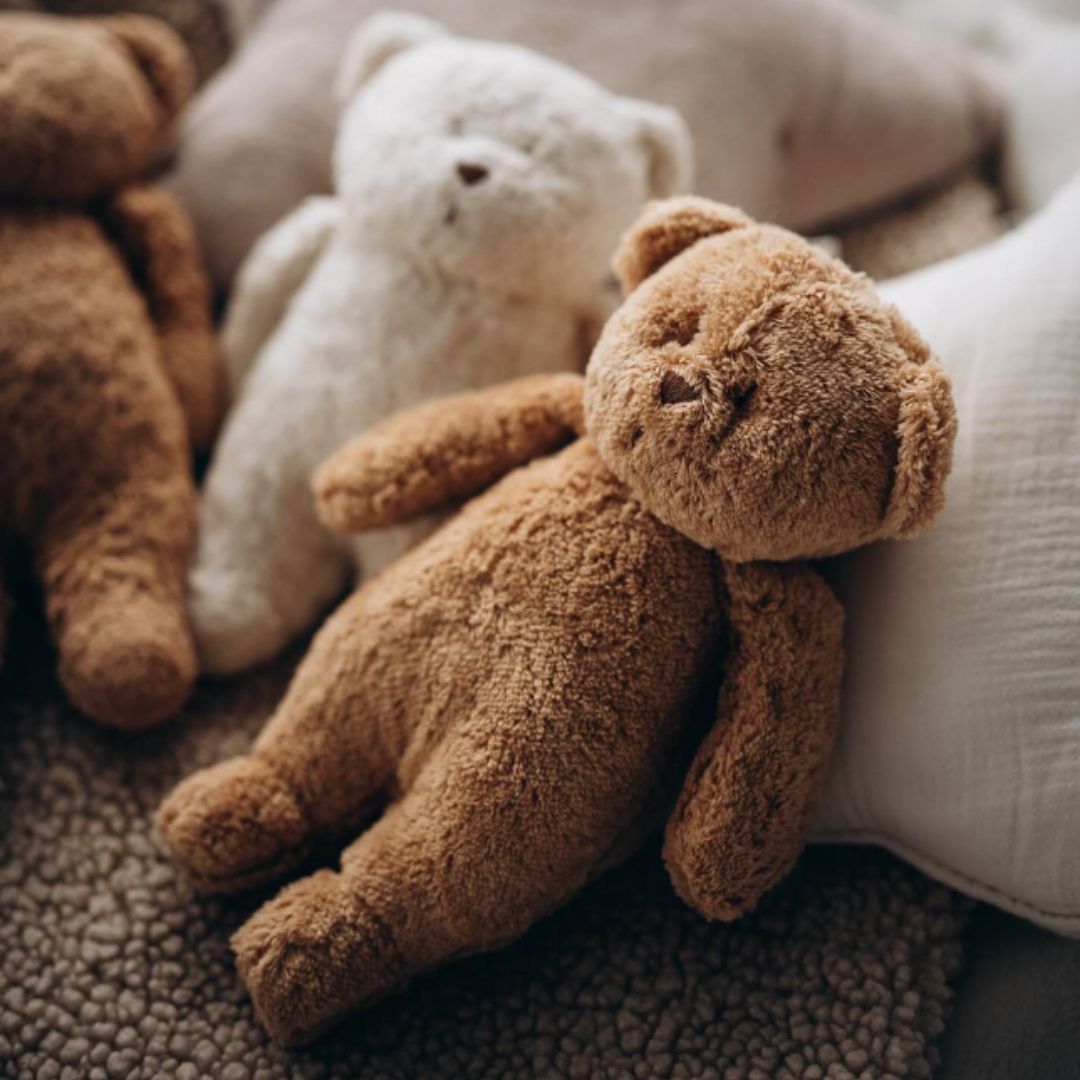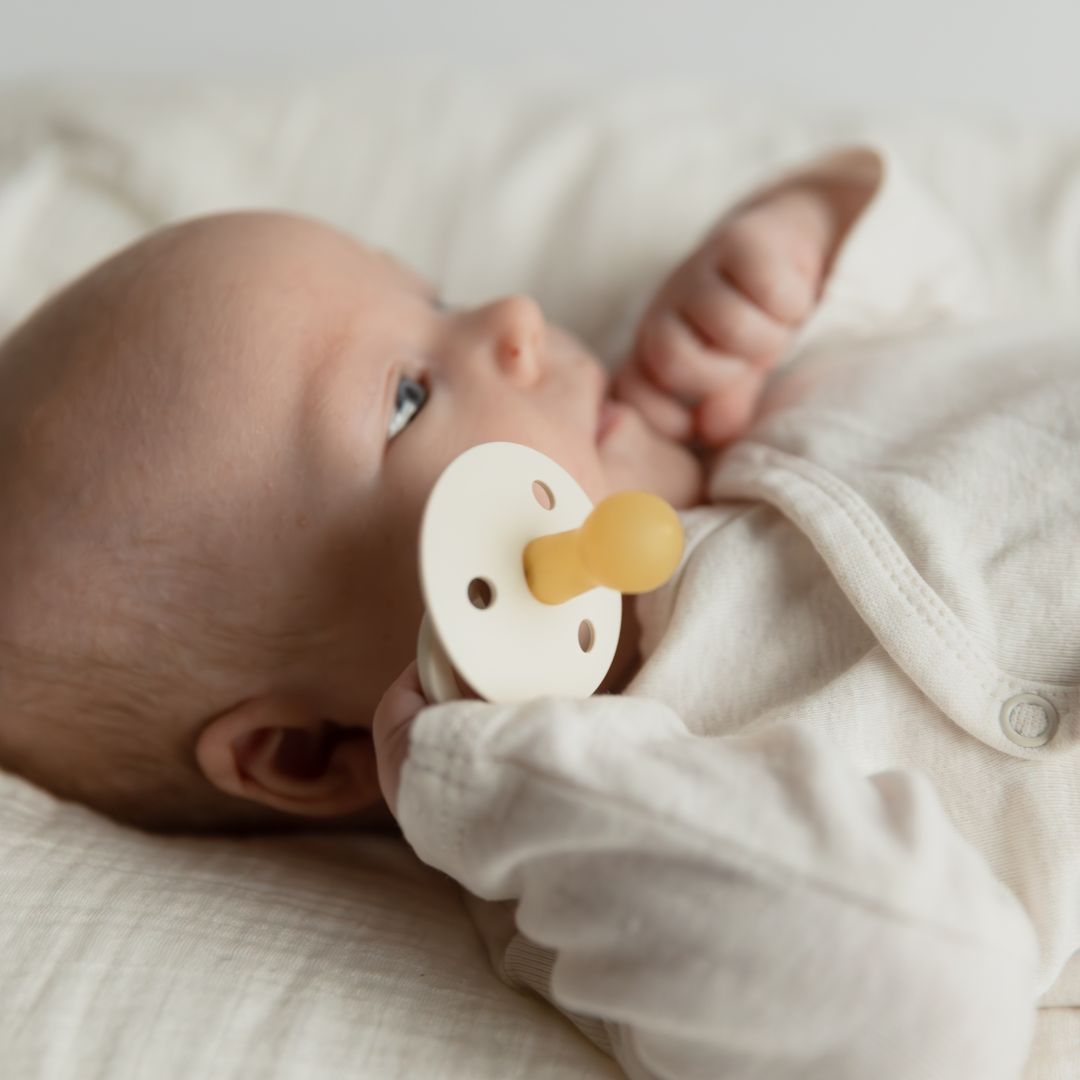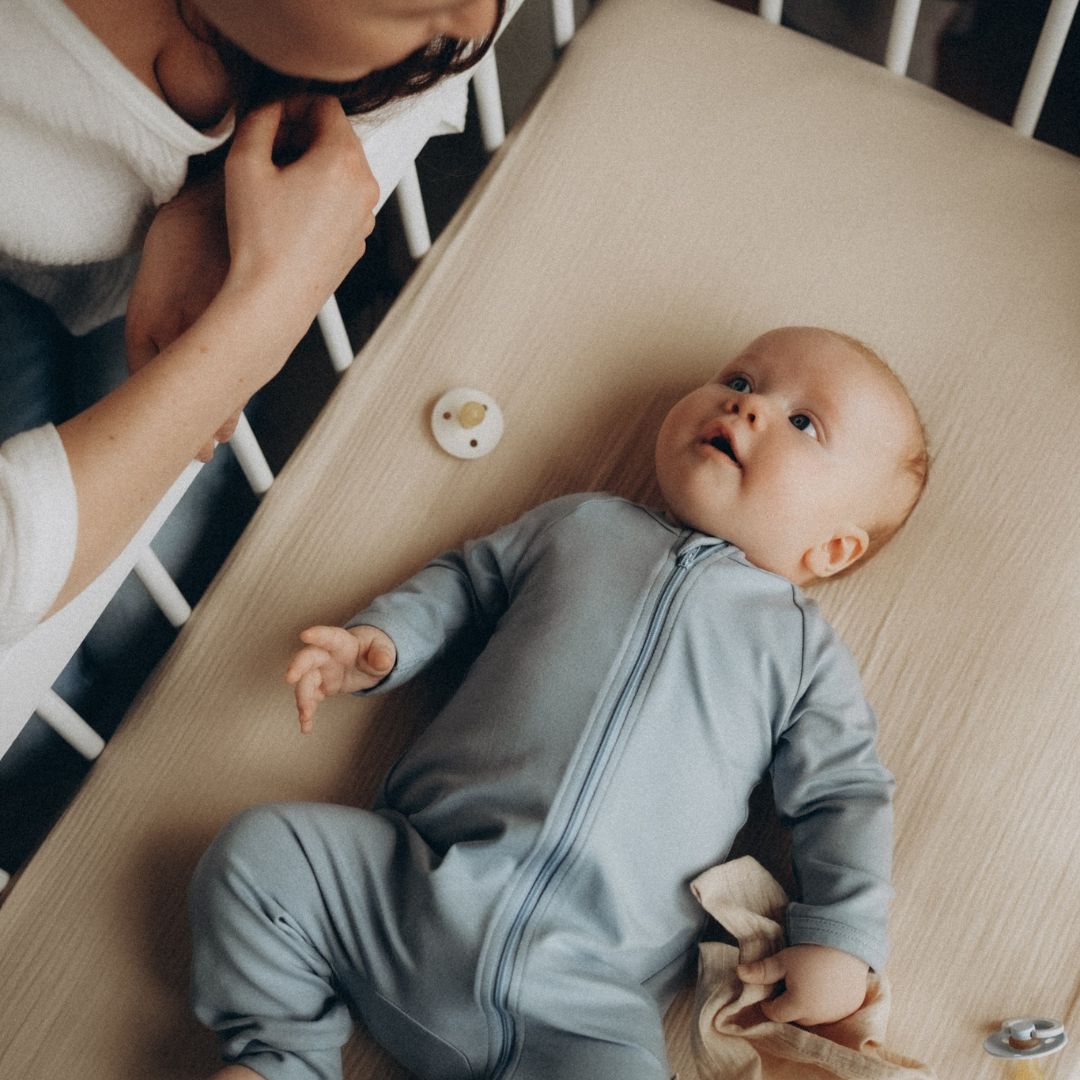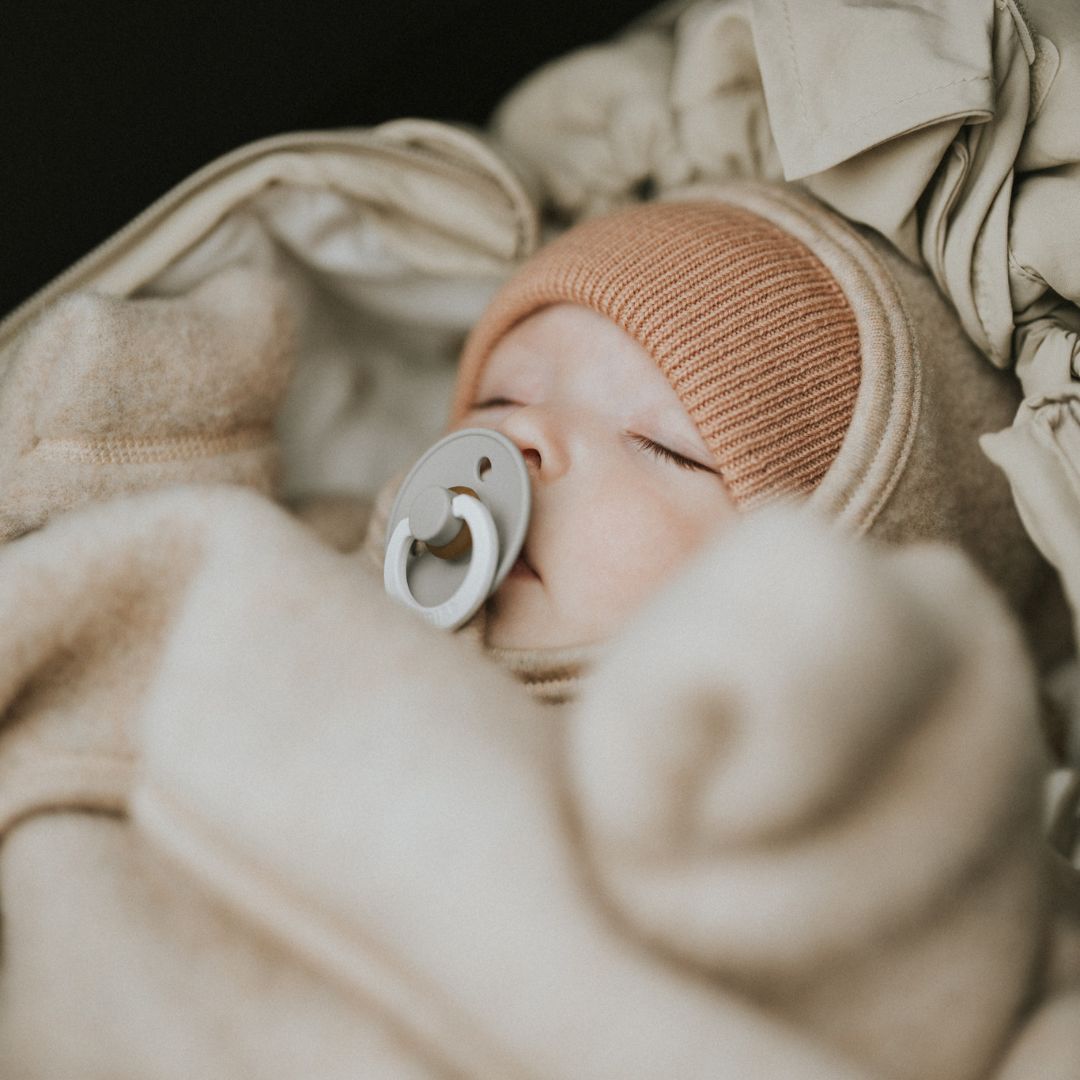How to potty train your toddler? This is one of those questions for which there is more than one correct answer. There are many methods that work, but since children are different and require an individual approach, not all techniques may work for every child. Although we expect quick results, training a child to be diaper-free is often a long process. Therefore, reaching the desired result may require a certain amount of patience and experimentation. In this article, we will bring you the most common methods for potty training a baby and toddler.
When to start potty training: signs of readiness
Before starting potty training, make sure that your little one is ready for it. Although as parents we expect the child to go to the potty independently by the age of three, we have to take the child's development and physical characteristics into account. Each child is different, some are ready at just 18 months old, while others might take a little longer. Respect your little ones' pace.
Here are some key characteristics that indicate your toddler is ready to start potty training:
- Your little one indicates they need to pee by fiddling with the diaper, kicking their legs, staring at their tummy, and so on.
- Your little one already controls his bladder and pees less often and stays dry for an extended period of time, for example after nap time.
- Your little one feels uncomfortable with a full diaper and lets you know every time they are wet or there is a need to poop or pee.
- Your little one shows interest in the toilet or their potty.
- Your little one gets curious about your business on the toilet.
These signs show that the child's awareness of how his body works has significantly developed and he is mentally ready to give up diapers. Also, the ability to dress by himself and hold short conversations make the process easier.
Make sure you don't force the potty training process, especially when your child isn't ready. When you do start while your little one is not biologically ready, this can have a negative impact. It can lead to anxiety or frustration, both for you as your toddler. All in good time.

Preparing your child for potty training
Start potty training at a convenient time when you have plenty of free time, such as during a vacation period. While it would be ideal if your little one is potty trained before the new kindergarten year begins, remember to respect their pace and avoid forcing the process.
Just like brushing your teeth, potty training also needs daily reminders, encouragement, and a good example to form a habit.
Introducing the potty
Get your little one used to their new potty. For example, let them sit on it with a diaper or demonstrate how to use the potty with their favorite stuffed animal, doll, or toy.
Give the potty a permanent spot in your house, this way your toddler always knows how to find it. The Quax Ergonomic Potty makes the perfect choice because it fits seamlessly in your interior because of it's stunning minimalist design.
The potty itself plays an important role in getting the child on the potty. If the potty is comfortable and in the right size for the child, the child will sit there more willingly. Quax potty creates the correct sitting position for a toddler and thus promotes potty training. What makes the Quax potty special is its higher-than-usual backrest, which perfectly supports the child's posture. In addition, the removable inner pot makes it comfortable for parents to wash the pot, and the anti-slip protection adds safety.
The proximity of the potty is convenient because there are only seconds between realizing "oh, I have to pee" and actually sitting on the potty. Many parents have recommended having a potty on both floors in a two-story home.

Potty training pants
One option for the first steps towards diaper freedom is special potty training pants.They are improved with a waterproof layer and absorbent content hidden inside, which prevent leakage, but do not replace diapers. The child quickly feels the so-called wet feeling effect, which creates discomfort that can be motivating to use the potty.
If you can't or choose not to use special potty training pants, you can teach your child to go to the potty without them too. A good way to get your child to start going to the potty is by allowing him to go pants-free at home. If the underpants are not on, the child will have a better sense of when it's time to go to the potty. In this case, he does not need outside help when taking off his pants. Of course, you have to take into account the accidents that may happen while naked, but then again, he remembers to go potty faster the next time.
Little accidents?
They happen! If you notice an accident, ask them quickly to go on their potty, even if it's just for a few drops. This can already be a success in making the association. Try your best to not react in a disappointed manner to their accidents. However, make sure to compliment your little one when they're doing well, even if they just go on their potty and not really doing anything. You know your child best, so compliment them in a way that's best for them.
Teamwork makes the dream work
Provide adequate support during this intense process. Make sure those around you, such as grandma and grandpa or daycare, are aware and possibly provide a potty at those locations so your child can practice there as well. Also, don't forget to take good care of yourself - you too deserve compliments!
Would you like dry nights, too?
When your toddler starts using the potty well, you will notice that they often stay dry at night. If this is the case 5 out of 7 nights, you may want to consider not using a diaper at night. However, do not force this by not allowing drinking after 4 p.m., for example. Sufficient hydration is always more important than potty training.

Although it may not seem that way during the process, in reality, the dream of training your toddler diaper-free is not impossible. All kids can do it. Yes, some get into the habit faster and it is easier for them than the others, but this is not the place to compare your child with others. As a parent, it is important not to give up and get frustrated but to keep believing in your child's ability to learn. The results will come quickly if you talk to your child about using the potty and remind him often, allow him enough time without pants and buy a comfortable potty. Good luck to you and your little one, you can do it!






